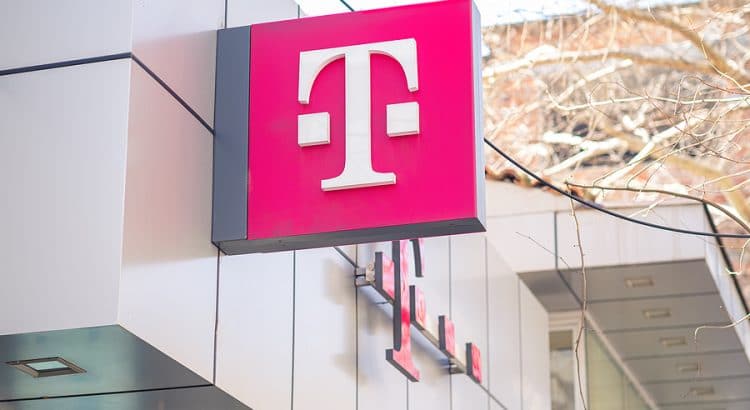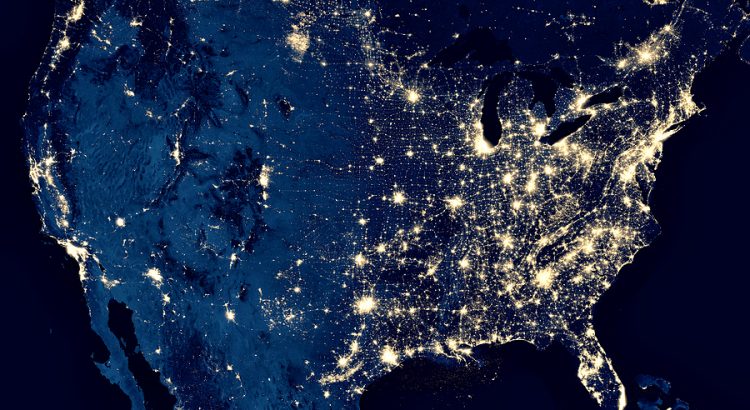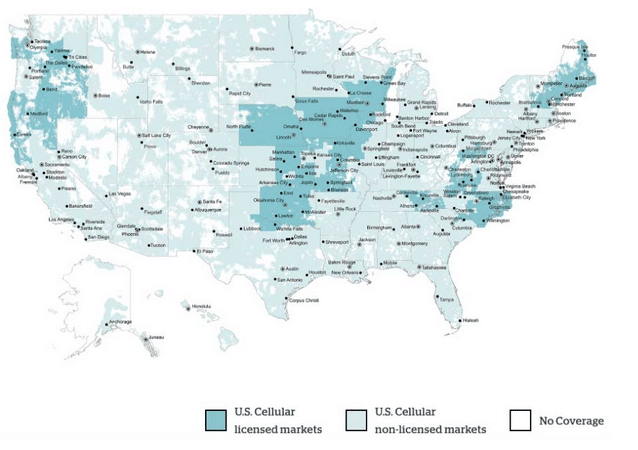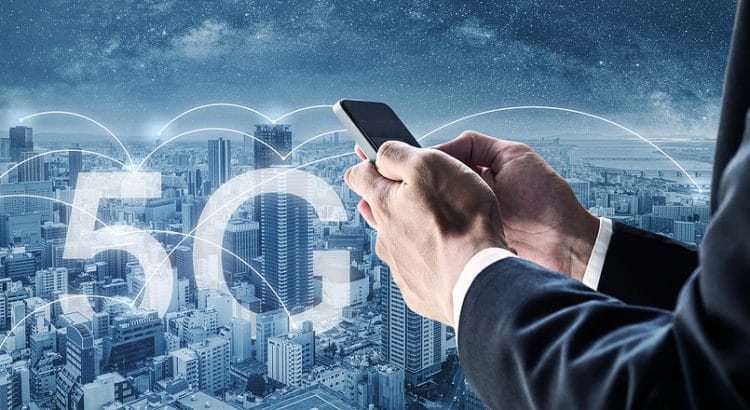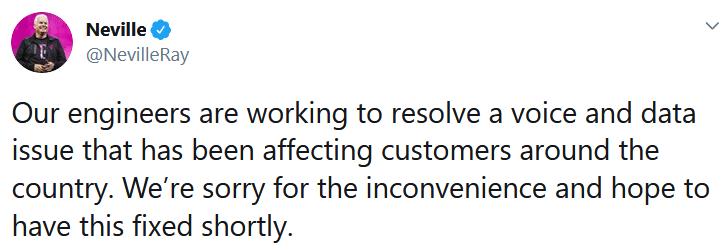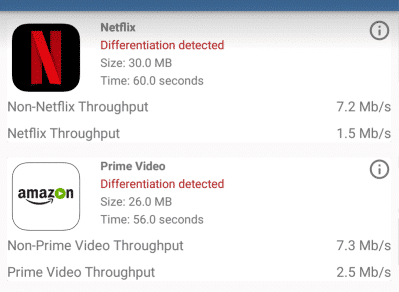T-Mobile just announced that it will soon offer the REVVL 5G for a regular price of $400. Eligible customers can get the phone for a discounted price of $200.
I believe the REVVL 5G will be the cheapest 5G phone available in the U.S. when it launches on September 4. T-Mobile and T-Mobile’s flanker brand, Metro, will both stock the device.
REVVL 5G details
The REVVL 5G is essentially a rebranded and slightly altered version of the TCL 10 5G, a phone that received some solid reviews.1 The REVVL 5G will have a Snapdragon 765 processor and compatibility with the following bands:
LTE:
- B2
- B4
- B25
- B26
- B41
- B66
5G:
- n2
- n25
- n66
- n71
Notably, the REVVL 5G will not be compatible with the frequencies used for millimeter wave 5G.
Promotion eligibility
While the regular price of the REVVL 5G is $400 (or $16.67 per month for 24 months), eligible customers can effectively get the device for $200. Here’s an excerpt from today’s press release:
My take
I’m glad to see a cheaper 5G phone hitting the market. I don’t think consumers need to rush out and buy the device in mass, though. We’ll see more budget-friendly devices arriving on the market over the next few years. Hopefully, it won’t be long before we see a low-price device compatible with both sub-6 5G and millimeter wave 5G.
